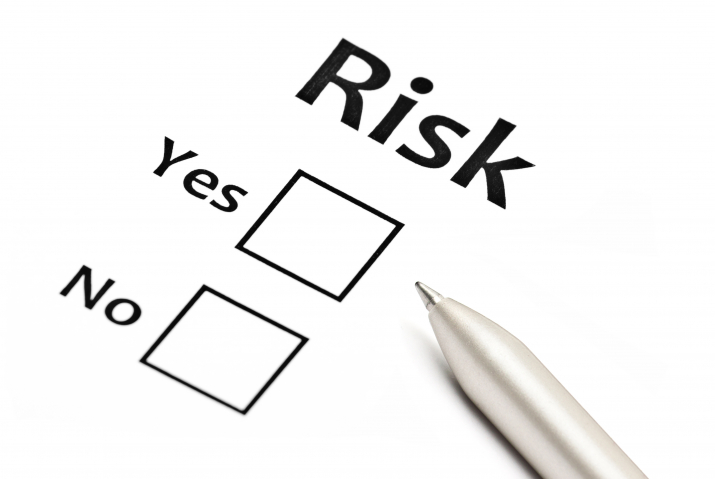This article is part of a series published by UReason about failure modes and effect analysis of essential components that are common in various industrial processes such as control valves, pneumatic actuators, electrical actuators, motors, and centrifugal pumps.
Bad controller performance on control valves can have significant costs and consequences in various industrial processes and applications. The extent of these costs can vary depending on the specific process, the importance of precise control, and safety considerations. Here are some potential consequences associated with poor controller performance on control valves:
1. Reduced Product Quality:
- In industries such as chemical manufacturing, pharmaceuticals, and food production, poor control valve performance can result in variations in temperature, pressure, or flow, leading to inconsistent product quality. This can lead to product rejects, rework, and increased production costs.
2. Energy Waste:
- Inefficient control valve operation can cause excessive energy consumption. For example, if a control valve is frequently oscillating, it may be opening and closing too rapidly, wasting energy in the process. Inefficient control can also result in increased fuel consumption in heating or cooling systems.
3. Equipment Damage:
- Control valves that do not respond appropriately to changes in process conditions can subject downstream equipment to stress and damage. For example, abrupt changes in flow or pressure can harm pumps, compressors, and other machinery, leading to maintenance and repair costs.
4. Process Downtime:
- Poor control can result in process upsets, shutdowns, or instability. This can lead to unplanned downtime, production losses, and potential damage to equipment.
5. Product Loss:
- In some processes, particularly in the chemical and pharmaceutical industries, a loss of control can lead to the release of valuable or hazardous materials, resulting in product loss, environmental incidents, and regulatory fines.
6. Safety Risks:
- In critical applications, such as those involving pressure relief or emergency shutdown systems, poor control valve performance can pose significant safety risks. Failures in these systems can lead to accidents, injuries, or even fatalities.
7. Increased Maintenance Costs:
- Control valves that do not operate correctly may require more frequent maintenance and replacement of components. This leads to increased maintenance costs, downtime, and the need for spare parts.
8. Environmental Compliance Costs:
- Failure to maintain precise control over emissions, effluents, or other environmental parameters can result in non-compliance with regulatory requirements. This can lead to fines and additional costs associated with environmental remediation.
9. Reduced Process Efficiency:
- Poor control can reduce the overall efficiency of a process, leading to lower production rates and increased raw material consumption.
10. Loss of Competitive Advantage:
- In industries where product quality, efficiency, and reliability are critical to competitiveness, poor control valve performance can erode a company’s competitive advantage.
To mitigate these consequences, it is essential to invest in proper control valve selection, installation, and tuning. Regular maintenance and monitoring of control valve performance can also help prevent issues and optimize control. Additionally, advanced control strategies, such as model predictive control (MPC) and advanced process control (APC), can be employed to improve control system performance and reduce the impact of poor control on processes and costs. But before you can mitigate these you need to know which issues your control valves have. This is where the Control Valve App helps you!

[…] the previous section we have seen what issues can occur to the controller of the control valve and what the consequences […]